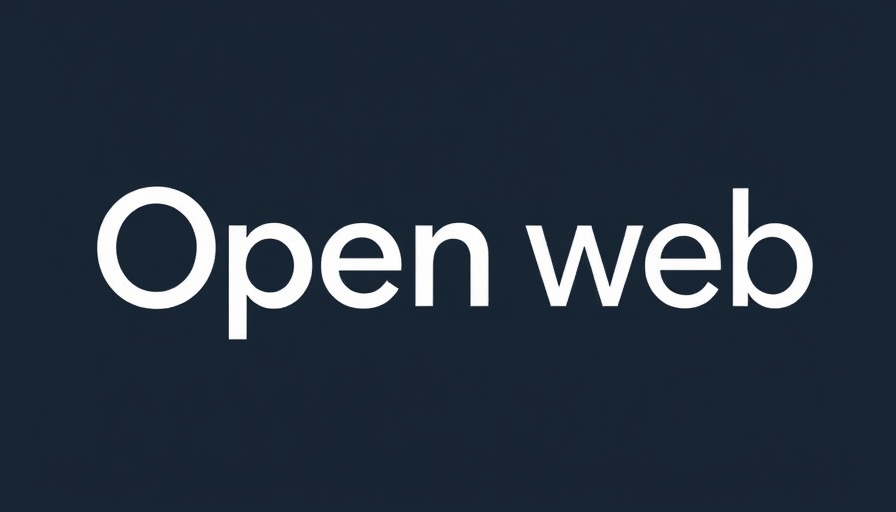
Reimagining the Open Web: Is It Time for a Fresh Start?
The open web has long been a battleground for ad tech CEOs and the digital marketing elite, who are locked in a constant debate about its value and viability. With visions ranging from the optimistic to the dystopian, it raises an important question: is the open web still relevant, or is it time for a rebranding? While many continue to cling to the idea that the open web is alive and well, the reality presents a different picture — one fraught with challenges and unprecedented competition from walled gardens like Facebook and Google.
Navigating a Sea of Change: The Decline of the Open Web
Once the promised land of opportunity for publishers and advertisers alike, the open web is shrinking before our eyes. Recent discussions, such as those at LUMA’s Digital Media Summit, highlight a troubling trend: digital ad revenue on the open web is dwindling. As search and social traffic decline, businesses that rely on this model are concerned about their survival. In essence, the open web is caught in the crosshairs of a marketplace that struggles with quality standards and a voracious demand for low-cost advertising solutions.
Quality Over Cost: A New Philosophy Needed
As highlighted by industry experts, including Adelaide's Marc Guldimann, the ad tech industry's fixation on cost over quality results in what Guldimann calls a "lemon market." Publishers are compelled to put more ads on their platforms to cater to a buy-side fixated solely on affordability. This not only affects their brand identity but also dilutes the overall quality of digital advertising. For business owners looking to scale, reassessing their strategies around quality and value can dramatically influence customer acquisition and branding efforts.
The Genesis of Generative AI: A Double-Edged Sword
Although generative AI technology offers new avenues for content creation, its implications for the open web could be profound. With creative output becoming more affordable and accessible, there's a potential for a revolutionary shift in how media is produced and consumed. In theory, this should liberate publishers to monetize less through ads and focus on high-quality content that resonates with audiences. However, as production costs decrease, understanding the true value of content will become even more vital. For business leaders, this presents both an opportunity and a challenge: harnessing AI to enhance brand engagement without sacrificing quality or authenticity.
Shaping Future Strategies: Rebranding the Open Web
The future of the open web requires more than just a fresh coat of paint; it calls for an evolution in how brands approach digital marketing. As walled gardens continue to dominate the landscape, businesses must not only adapt their customer acquisition strategies but also reconsider how they define quality interactions. Leading the charge towards a reimagined open web means embracing innovative techniques for demand generation and lead generation, thus fostering long-term customer relationships.
Conclusion: An Open Call to Action
As we stand at a crossroads in the digital advertising landscape, businesses must reevaluate their commitment to fostering a vibrant open web. It's crucial for companies to invest time and resources into crafting customer acquisition strategies that prioritize quality and connection over cost-cutting measures. Break free from the constraints of the conventional web — it might just be time to rebrand how we see and interact with the open web.
Embrace the change, revolutionize your approach, and let’s reshape the narrative of the open web together!
 Add Row
Add Row  Add
Add 



Write A Comment